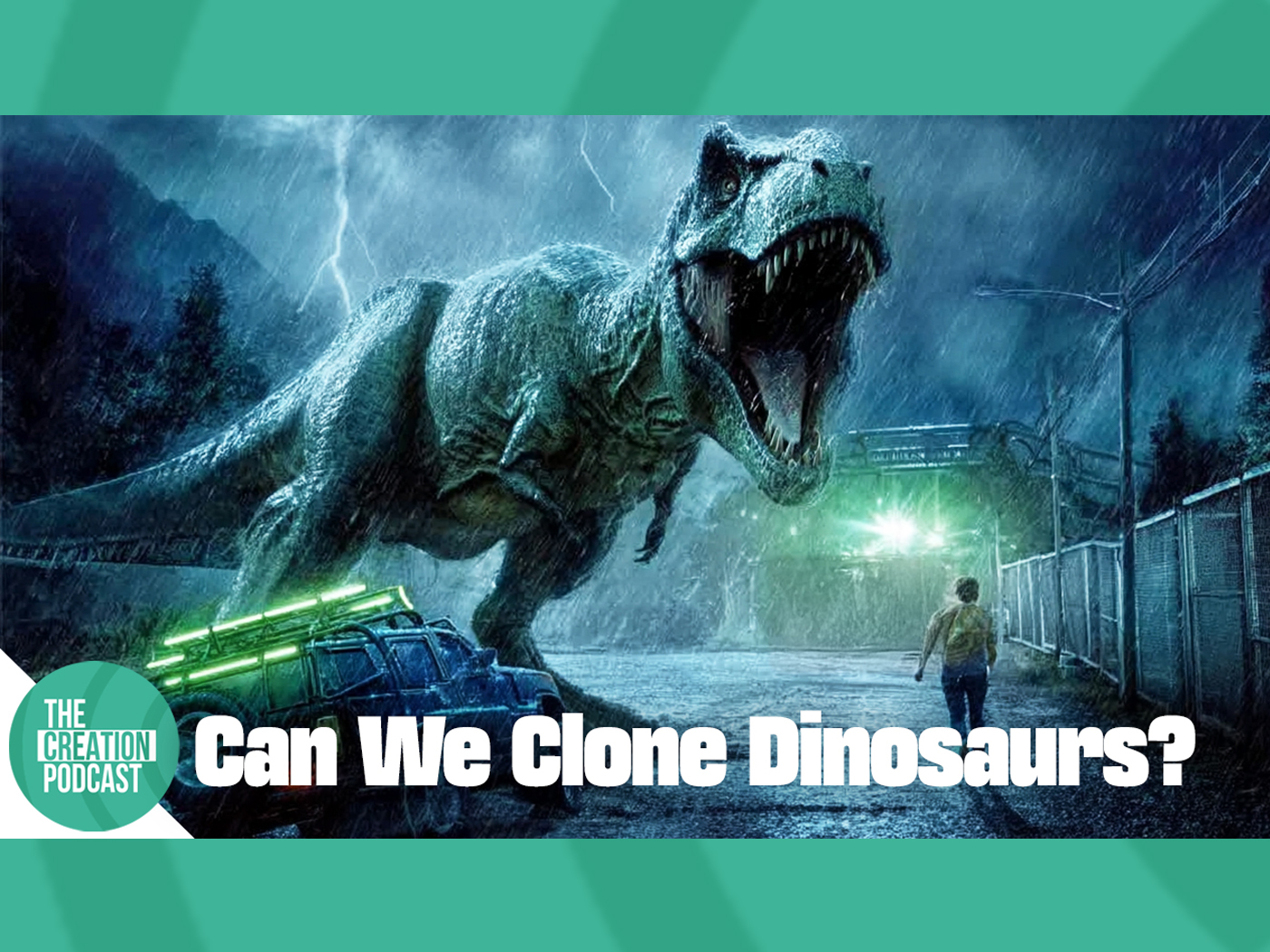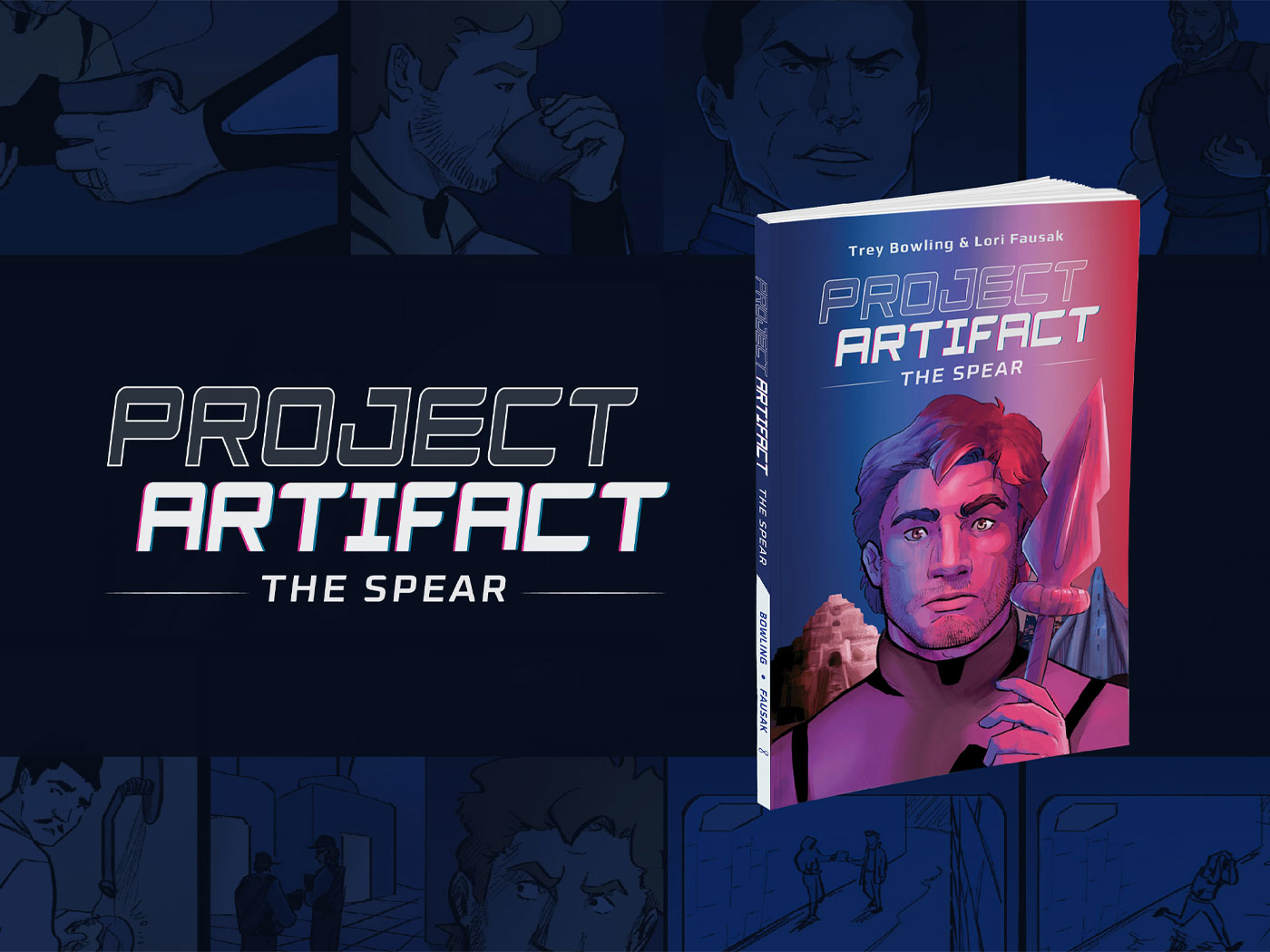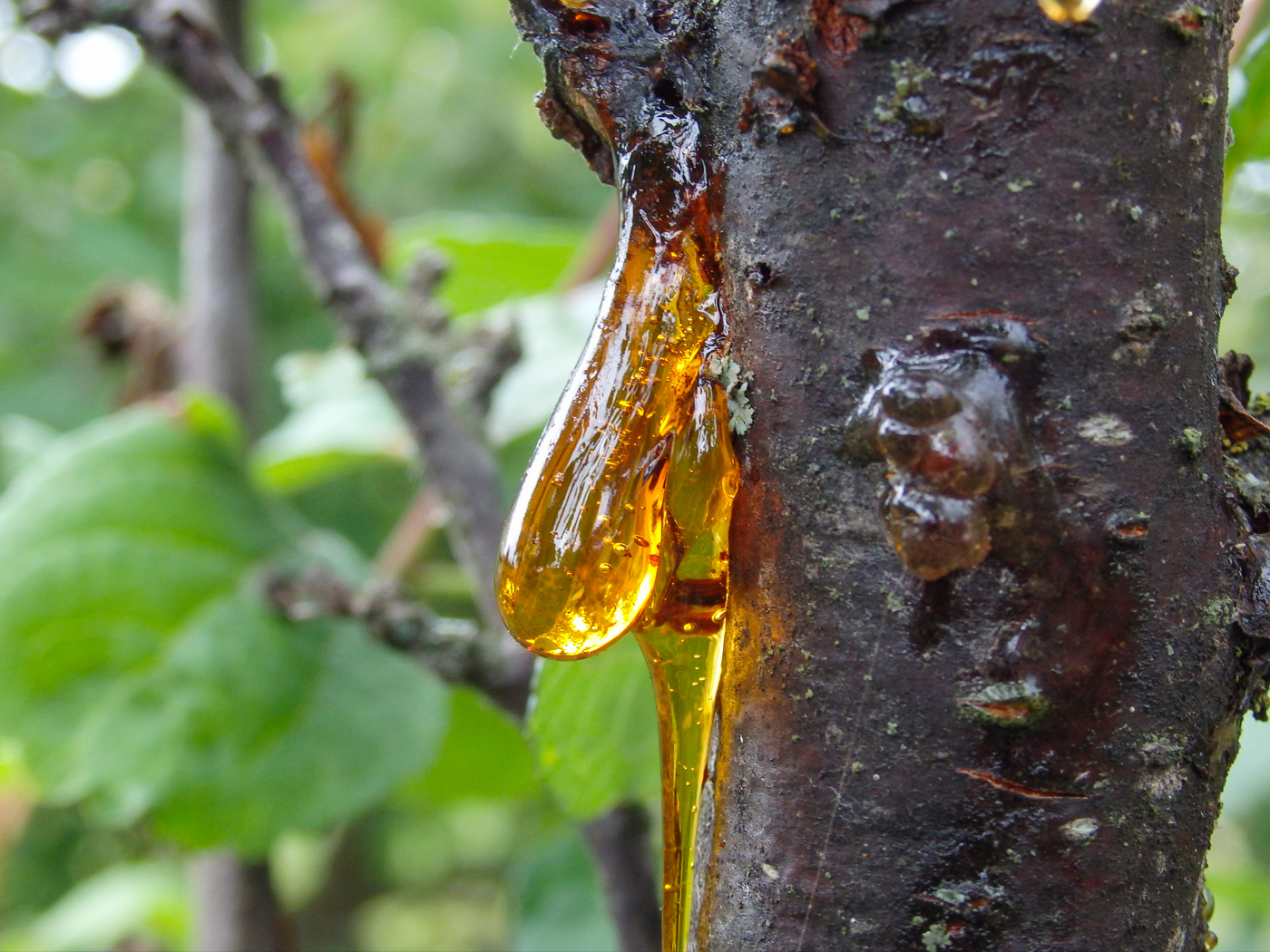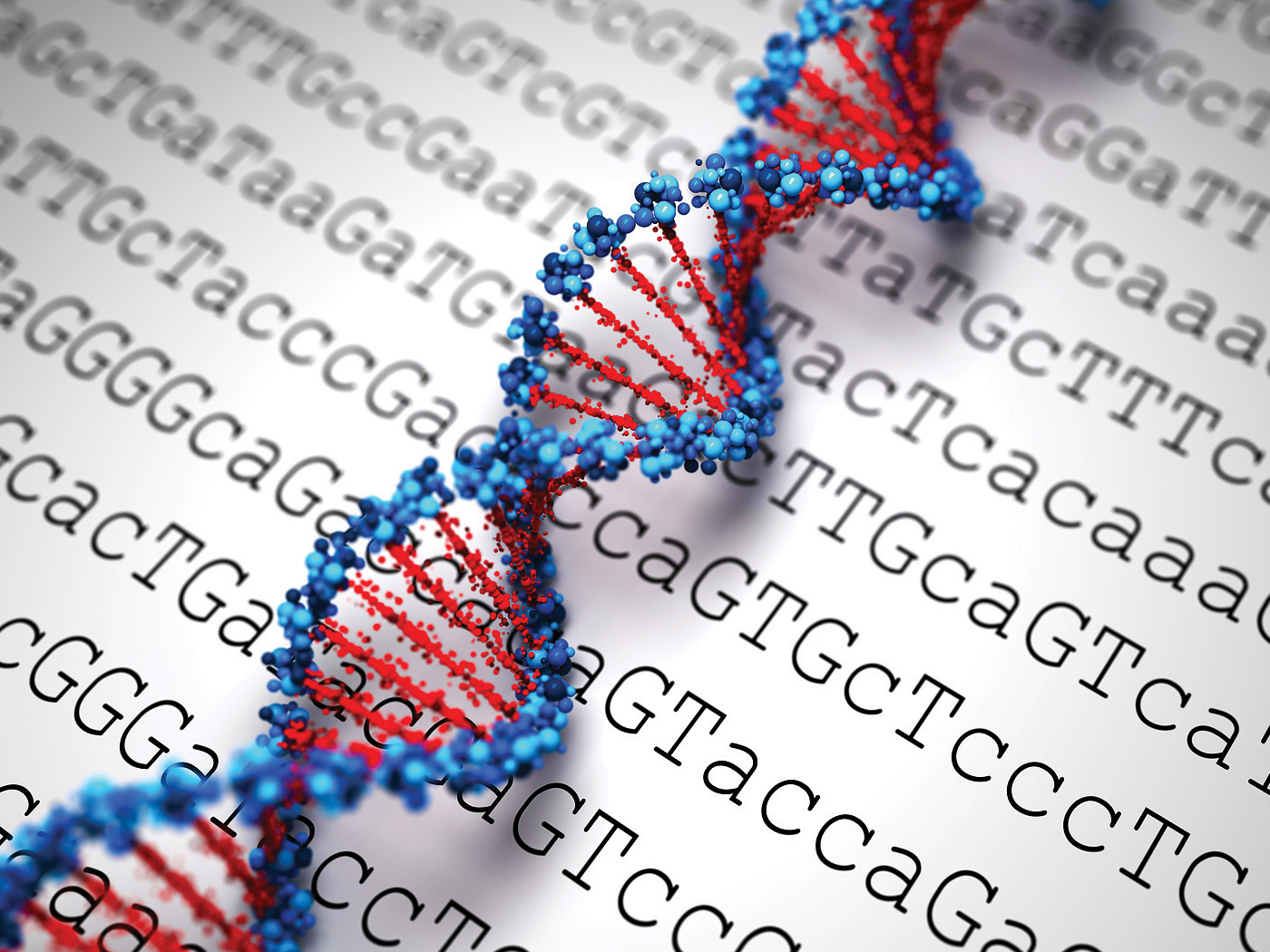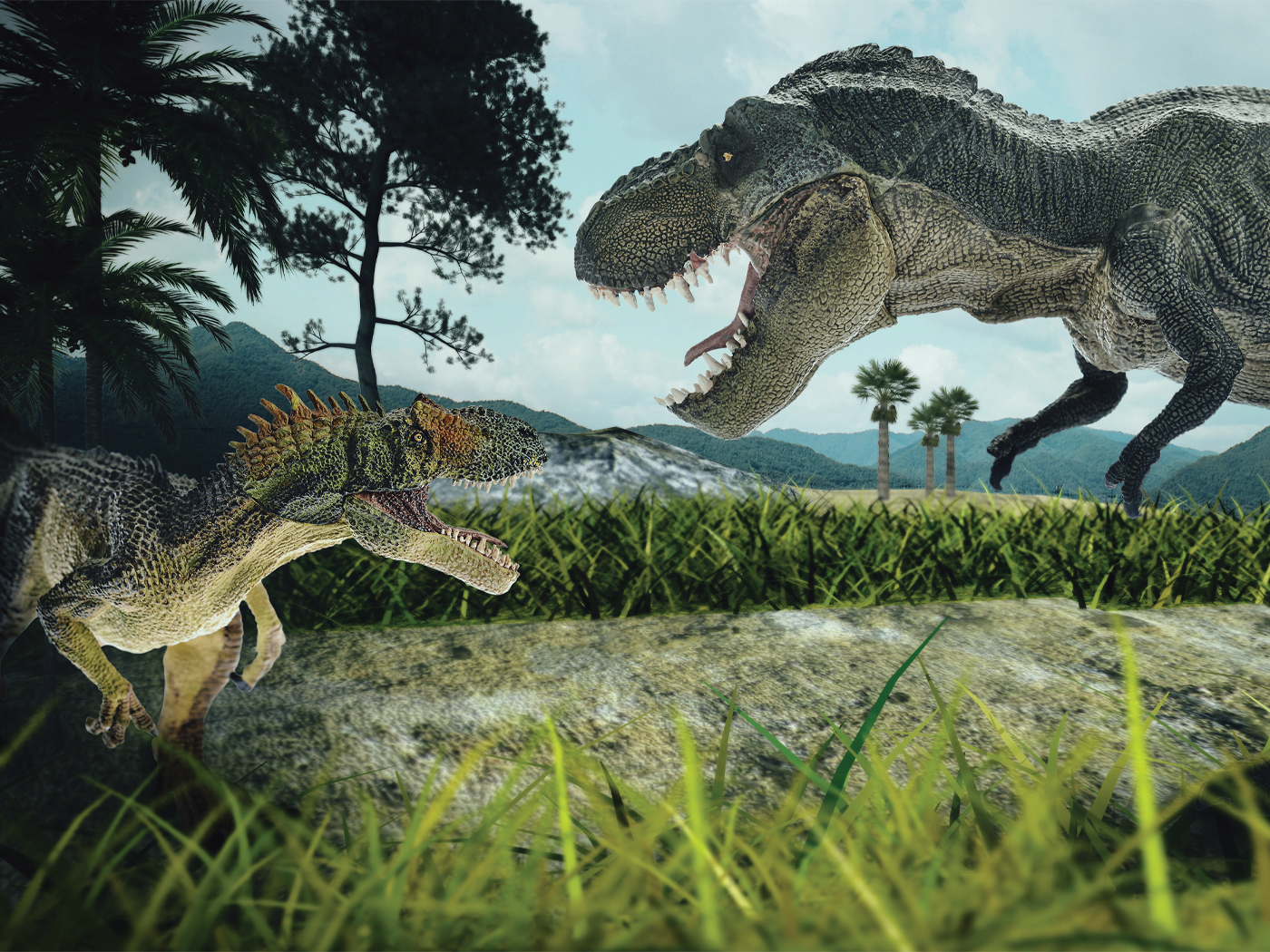As more and more scientists adopt the creation model, there ought to be an increasing emphasis on examining data from a creationist viewpoint and a decreasing emphasis on searching out failures of the evolution model to make true or testable predictions. More than enough of the latter has been done than is needed to convince anyone not hindered by non-scientific considerations, such as ignorance, prejudice or philosophy. Although creationists will continue to call attention to unfounded assumptions and conclusions made by evolutionists, increased effort should now be spent on building a more comprehensive creation model. In addition to re-interpreting the data produced by evolutionists, we hope to see creationists increase their emphasis on carrying out studies specifically designed to test and refine the creation model. Although no one seems to think it was unscientific for Watson and Crick to use the data of others in developing the DNA model, a favorite aspersion cast by evolutionists is the paucity of original creationist research, particularly in biology. This article will follow the trend described above in that, while the data were gathered by others, the interpretation will be aimed toward an increased sophistication of the creation model, rather than a refutation of the evolutionary model.
In 1862, H. W. Bates1 reported finding in South American butterflies a number of color patterns common to various species which otherwise were distinctly different. From these observations, he developed what is known as the Batesian hypothesis, namely that at least one species (the model), having a particular color pattern, is distasteful to birds, while the other species (the mimics) having a similar pattern benefit in that birds will mistake them for the model and not eat them. Bates believed that the mimics had evolved to look like the model.
The Batesian hypothesis has not been universally accepted, and a number of studies have been made to test its predictions. J. Brower2, 3, 4 found that when various distasteful models were placed in a cage of jays, the jays learned to avoid them after tasting a few. The jays then would avoid also any mimics which were introduced to the cage. In order to still objections to his interpretation of the classic case of the peppered moth, H. B. D. Kettlewell5 filmed the birds capturing moths resting on the tree trunks. Studies such as these build confidence that birds are influenced by coloration in their predation on butterflies.
Natural selection is an integral part of the current creation model, in which it serves two purposes. The first purpose is the protection of each species from degeneration by mutation. Mutations are almost always harmful, and one of their consequences is the reduction of their possessor's reproduction potential. By the inability of a mutant to perpetuate itself, the fitness of the species is maintained. The second role played by natural selection is effected when a population encounters a new environment, either through local changes or the movement of the population into a new area. If, within the gene pool of the population, there exist genes that produce characteristics better adapted to the new environment, these genes will, through natural selection, increase in frequency, increasing the fitness of the population as a whole. The illustration drawn from photographs by Sheppard6 shows a series of models and mimics occurring in African butterflies. Numbers 1-5 are the distasteful models Bematistes poggei, Danaus chrysippus, Amauris albimaculata, Amauris niavius dominicanus, and Amauris niavius niavius, respectively. Numbers 6-10 are the mimics and are varieties (not races) of the species Papilio dardanus. They are planemoides, trophonius, cenea, hippocoonides and hippocoon, respectively. Each of the models lives in a different geographical area in Africa, thereby producing a different selection pressure on the variety of P. dardanus living in that particular area. Thus the genetic variability found in the species P. dardanus provides the potential for coping with different environments, in this case the different distasteful models.
What is the source of the variability which enables P. dardanus to mimic the distasteful species with which it is sympatric (occupying the same area)? The creationist recognizes four sources of variability within each baramin (created kind7). The first is the genetic diversity placed there by the Creator, both in differences between members of the same kind and heterozygosity (different gene forms controlling the same characteristic) within each individual. A second source of variation would be mutations, failures in reproduction to correctly transmit the genetic information. These failures form a continuum from mistakes in the replication of single genes to the loss or gain of whole chromosomes to changes involving whole sets of chromosomes. Recombination, the rearrangement of genetic material through sexual reproduction, provides a third method for individuals within a population to vary, a simple example being the way a child exhibits a combination of the traits of each parent. Finally, the environment itself produces variation among individuals in a population, which is not inherited such that two individuals with identical genes for body size may differ due to differences in their diet. What evidence is there that might indicate the relative importance of the four sources of variability in the mimicry of P. dardanus?
Genetic crosses by Clarke and Sheppard8 indicated that the various mimicry patterns in P. dardanus were controlled by one gene with at least ten alleles (different forms of the same gene). In this case, environment does not seem to be directly producing a significant part of the variation in wing patterns. Recombination between individuals carrying the genes for different mimicry patterns does not produce a third mimicry pattern, but rather the offspring look like only one of the parents, either completely or imperfectly. This leaves us with only two important sources of variation, creation or mutation.
From all we know about mutations occurring today, they are virtually always harmful or, at best, neutral. Of all of the variations which appear to be true mutations, one can count on one hand the examples that can be considered as possibly beneficial. Because of this, the creation model predicts that almost never would adaptive variation in the prehistoric past be due to mutations, but rather would be a result of created variability. This raises a problem in the present case, because we are faced with the need for the creation of ten alleles of the same gene. This is no problem as far as the original creation is concerned, but the historical record of the world-wide flood indicates that, of most land animals, only one pair survived. Each individual carries only one pair of each gene, so, at most, only four alleles could have been preserved. There is the possibility of later intragenic recombination, but this is unlikely to produce the ten particular alleles with which we are concerned.
Later considerations by Clarke and Sheppard9 alleviated this problem in that they showed that the mimicry is controlled not by a single gene, but rather by a supergene, a set of genes located so closely together on the chromosome that they behave as one. With several genes involved, there is no problem to the required variability being preserved in one pair of individuals. Therefore, it is not necessary to hypothesize favorable mutations, which would run counter to what we know about mutations. So we see that the entire array of variability in the mimicry of P. dardanus most probably results from that introduced by the Creator into the baramin of which P. dardanus is the whole or part.
We have not by any means exhausted the possibilities for fruitful study in this rich example of genetic variability. For example, a point not raised earlier is the fact that only female P. dardanus are mimics. The males are all of a similar, non-mimetic pattern. Furthermore, in the isolated population on the island of Madagascar, the females look just like males. How do these observations contribute to the creation model? When we see the possibilities within a single species, we get a glimpse of the vast opportunities for developing a comprehensive creationist biology.
MODEL of MIMICRY
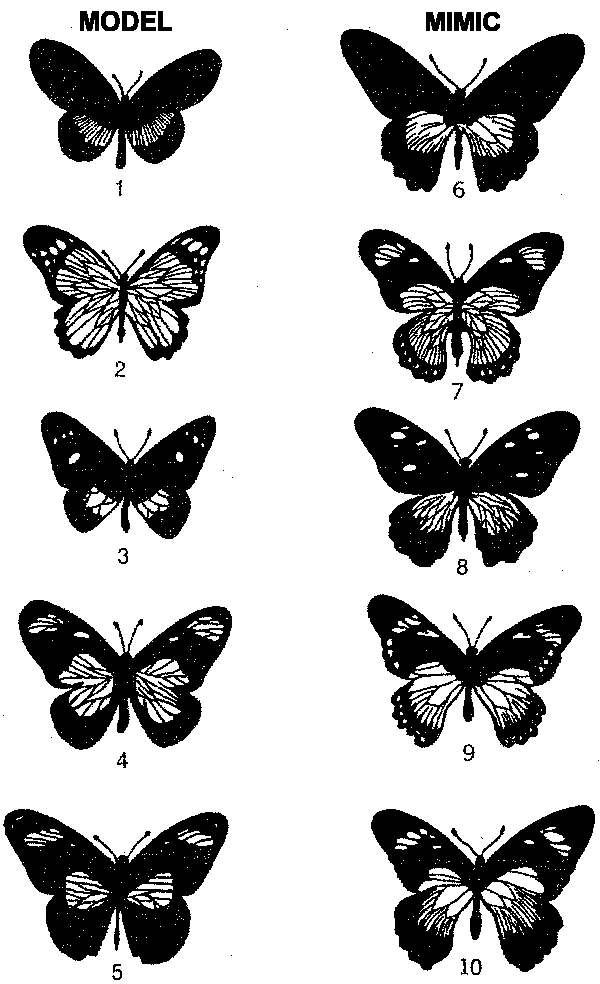
REFERENCES
1. H. W. Bates: "Contributions to an insect fauna of the Amazon Valley. Lepidoptera: Heliconidae", Transactions of the Linnaean Society of London, Vol. 22, 1862, pages 495-566.
2. J. Brower: "Experimental studies of mimicry in some North American butterflies. I. Dannaus plexippus and Limenitis archippus archippus", Evolution Vol. 12, 1958, pages 32-47.
3. J. Brower: "Experimental studies of mimicry in some North American butterflies. II. Battus philenor and Papilio troilus, P. potyxenes and P. glaucus", Evolution, Vol. 12, 1958, pages 123- 136.
4. J. Brower: "Experimental studies of mimicry in some North American butterflies. III. Danaus gilippus berenice and Limenitis archippus floridensis", Evolution, Vol. 12, 1958, pages 273-285.
5. H. B. D. Kettlewell: "Further selection experiments on industrial melanism in the Lepidoptera", Heredity, Vol. 10, 1956, pages 287-301.
6. P. M. Sheppard: "The Evolution of Mimicry; a Problem in Ecology and Genetics", Cold Spring Harbor Symposia on Quantitative Biology, Vol. 24, 1959, page 134.
7. F. L. Marsh: Evolution, Creation, and Science, 2nd edition, Review and Herald Pub. Assoc., Washington, D. C., 1947, pages 161-201.
8. C. A. Clarke and P. M. Sheppard: "The Evolution of Dominance under Disruptive Selection", Heredity, Vol. 14, 1960, pages 73-87.
9. C. A. Clarke and P. M. Sheppard: "Super-Genes and Mimicry", Heredity, Vol. 14, 1960, pages 175-185.
* Dr. Lane P. Lester is Research Associate in Bioscience with the Institute for Creation Research and Professor of Biology at Christian Heritage College.







